Dipawali Festival: A Celebration of Light, Life, and Love in Nepal
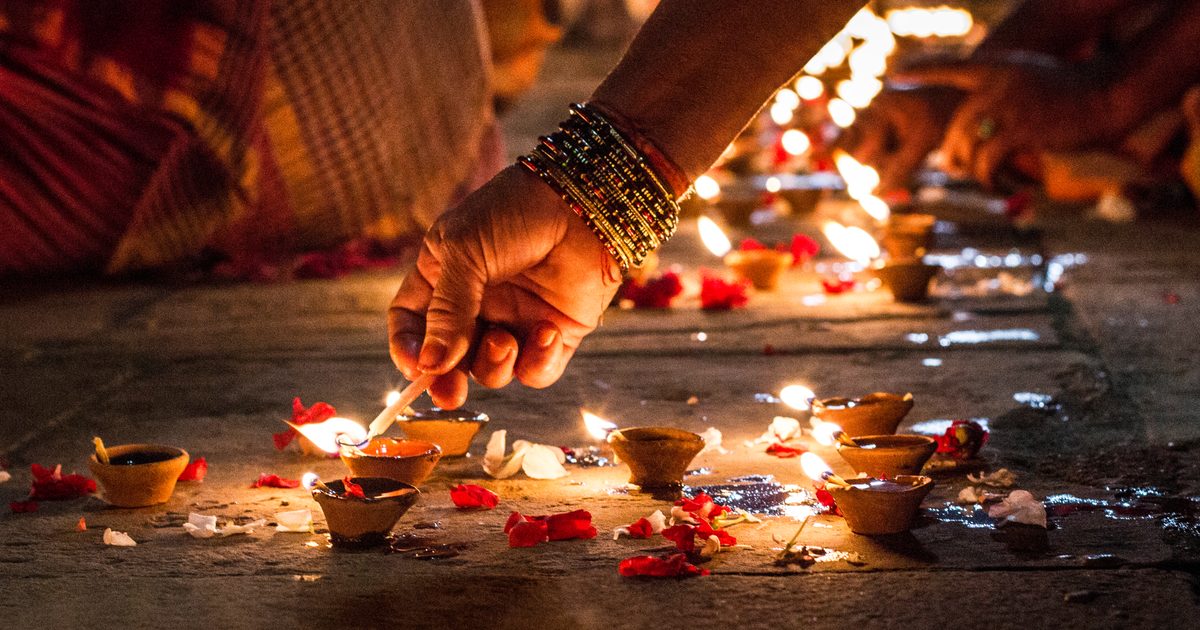
When the autumn air grows crisp, and the Himalayas shine brighter against the clear blue skies, a special magic fills the air in Nepal. It’s Dipawali / Tihar, also known as the Festival of Lights, the second most important festival for Nepali people after Dashain. This festival is unique to Nepal, with celebrations lasting five days, each dedicated to honoring different elements of life and nature. It’s a time when families gather, streets come alive, and communities honor their connections to animals, the divine, and each other. Here’s why Tihar is so special, and why you should experience it at least once in Nepal.
Why Dipawali / Tihar? The Symbolism Behind Each Day
Day 1: Kaag Tihar – Honoring the Messenger of Death
The first day of Tihar begins with worshipping crows (Kaag). Known as the “messengers of death,” crows are believed to carry messages from Yama, the god of death. By offering food to crows, people seek to keep bad news and sorrow away from their homes. This day symbolizes a unique acceptance of life’s fragility and a way of making peace with the concept of mortality.
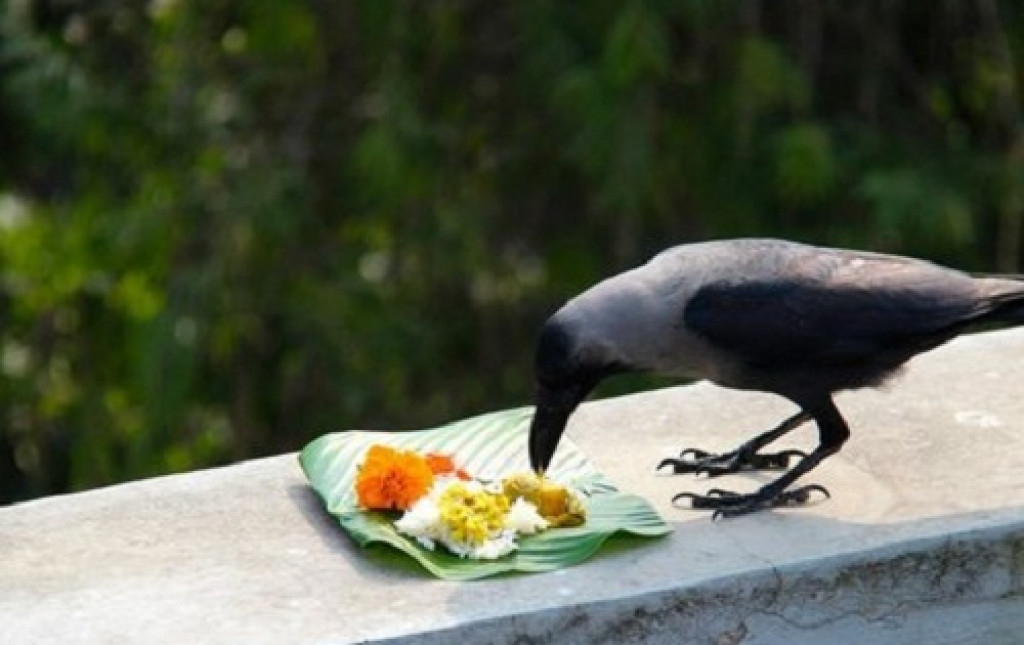
Day 2: Kukur Tihar – Celebrating Humanity’s Best Friend
On the second day, dogs (Kukur) take the spotlight. In Hindu culture, dogs are considered the protectors of the underworld, and they are believed to have a special relationship with Yama. Adorned with tika (a red mark on their foreheads) and flower garlands, these loyal companions are offered special meals. For animal lovers, witnessing this day in Nepal is an unforgettable experience, showing the deep respect Nepali people have for animals and their role in the world.
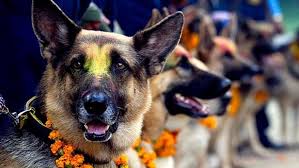
Day 3: Gai Tihar & Laxmi Puja – Honoring the Givers of Life and Wealth
Day three is the most important, as it’s dedicated to both cows (Gai) and Laxmi, the goddess of wealth and prosperity. Cows, seen as symbols of fertility and sustenance, are honored in the morning with garlands and offerings. Later in the evening, homes are cleaned and decorated with oil lamps, marigold flowers, and intricate rangoli (colorful designs made from colored powders) to invite goddess Laxmi.
Strolling through Nepali towns and cities on this night is mesmerizing. The glow of oil lamps, the smell of fresh flowers, and the rhythmic beats of Deusi-Bhailo songs fill the air, creating an enchanting atmosphere that transports you to a different time.
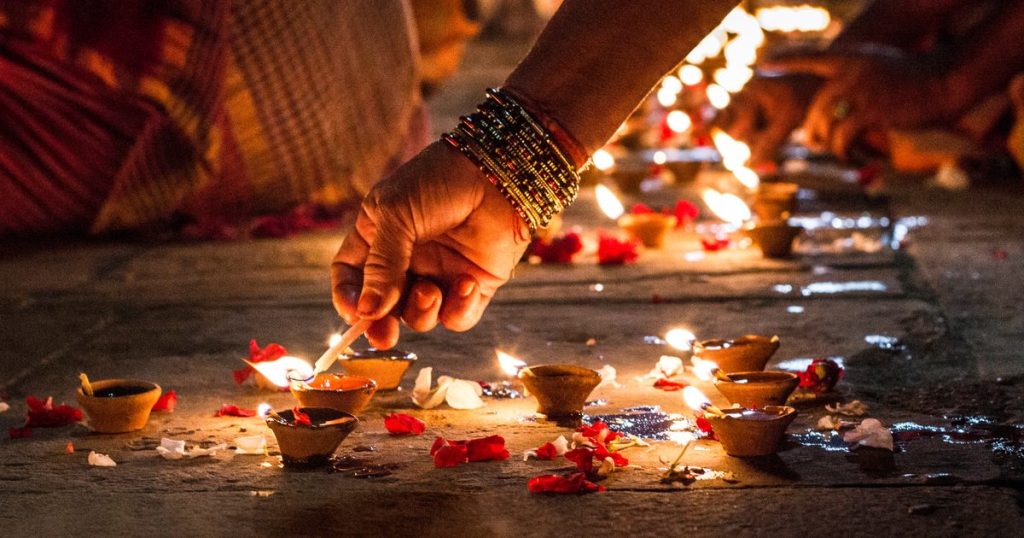
Day 4: Govardhan Puja & Mha Puja – Strengthening Bonds with Nature and Self
On the fourth day, communities celebrate Govardhan Puja to honor nature and the environment. In rural areas, people construct a symbolic representation of the Govardhan Hill with cow dung, representing their respect for agricultural prosperity. In the Newar community, this day is also celebrated as Mha Puja, a day dedicated to self-purification and self-worship, celebrating one’s life and well-being.
For travelers, Mha Puja is a fascinating ritual that offers a rare glimpse into the Newar culture and philosophy of honoring oneself as a reflection of the divine.
Day 5: Bhai Tika – Celebrating the Bond Between Brothers and Sisters
Tihar concludes with Bhai Tika, a special ceremony celebrating the bond between brothers and sisters. Sisters apply a multi-colored tika on their brothers’ foreheads, garland them with marigolds, and offer them sweets, praying for their long life and prosperity. Brothers, in return, give gifts and pledge to protect their sisters. This heartwarming ritual is an expression of love, protection, and familial unity, one of the most cherished aspects of Tihar.
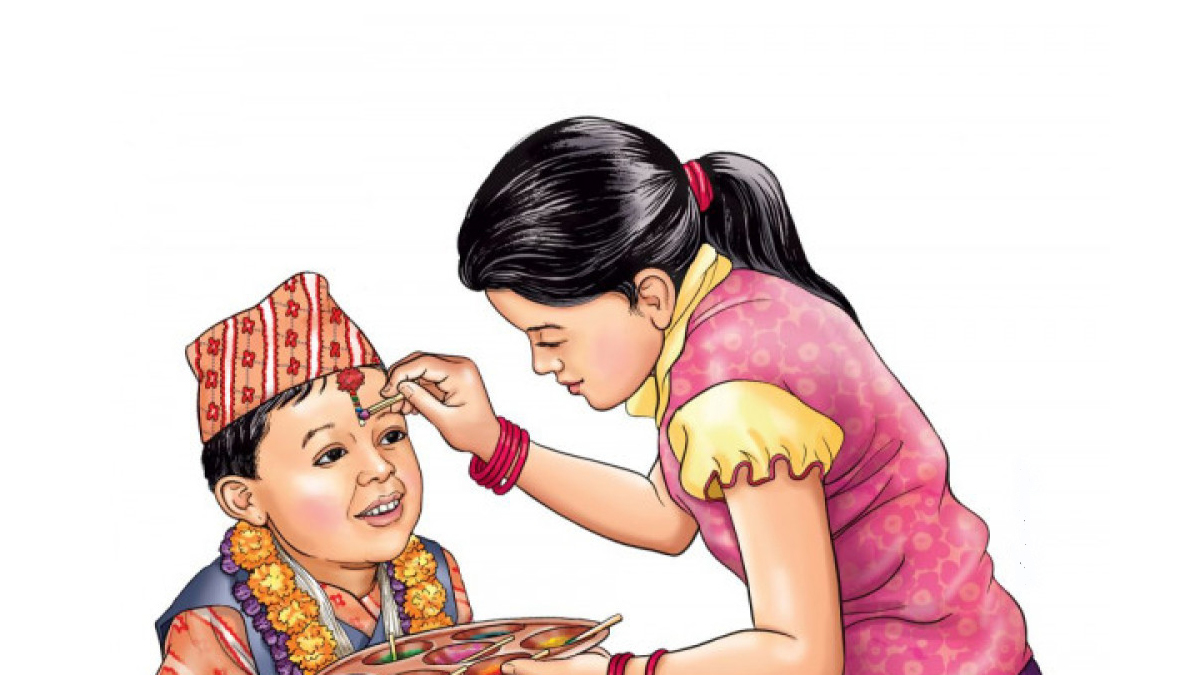
Why Visit Nepal During Dipawali / Tihar?
Visiting Nepal during Tihar is a chance to immerse yourself in the country’s unique cultural traditions and experience Nepali hospitality at its finest. The streets, homes, and temples are adorned with lights and colors, transforming towns and cities into magical landscapes. It’s a time when the Nepali people come together to honor their traditions, families, and their connection with nature and animals.
Experience Deusi-Bhailo Songs and Dance: During Tihar, groups of children and adults go from house to house singing traditional songs known as Deusi and Bhailo. As they sing, they are welcomed with food, money, and blessings from each household. This age-old custom is not only fun but also fosters a sense of community. Joining in the Deusi-Bhailo singing and dancing is an amazing way to engage with locals and create lasting memories.
Discover Cultural Artistry Through Rangoli and Decorations: Every home and street corner is adorned with bright rangoli patterns and marigold flowers, a vibrant display of Nepali artistry. The sight of intricate, colorful patterns on the ground, surrounded by flickering oil lamps, is a feast for the eyes.
Capture the Spiritual and Cultural Vibe of Nepal: Tihar represents Nepal’s rich tapestry of beliefs, bringing people from all communities together in harmony. It’s a reminder of the Nepali values of respect, love, and peace. Observing Tihar offers travelers a unique perspective on the essence of Nepal, going beyond the landscapes and into the hearts of the people.
Dipawali / Tihar is more than a festival—it’s a profound reminder of Nepal’s cultural richness and its people’s deep connection to life’s many facets. From honoring animals to celebrating the goddess of wealth, Tihar embraces the joys and sorrows of life with open arms and a glowing spirit. It’s a travel experience filled with laughter, lights, and love that leaves a lasting impression.
Whether you’re exploring Nepal’s bustling cities or quiet villages, Tihar offers a soul-stirring glimpse into the Nepali way of life. So if you’re planning a visit to Nepal, try to time it with Tihar and witness this magical festival of lights and love
Related Stories & Blogs
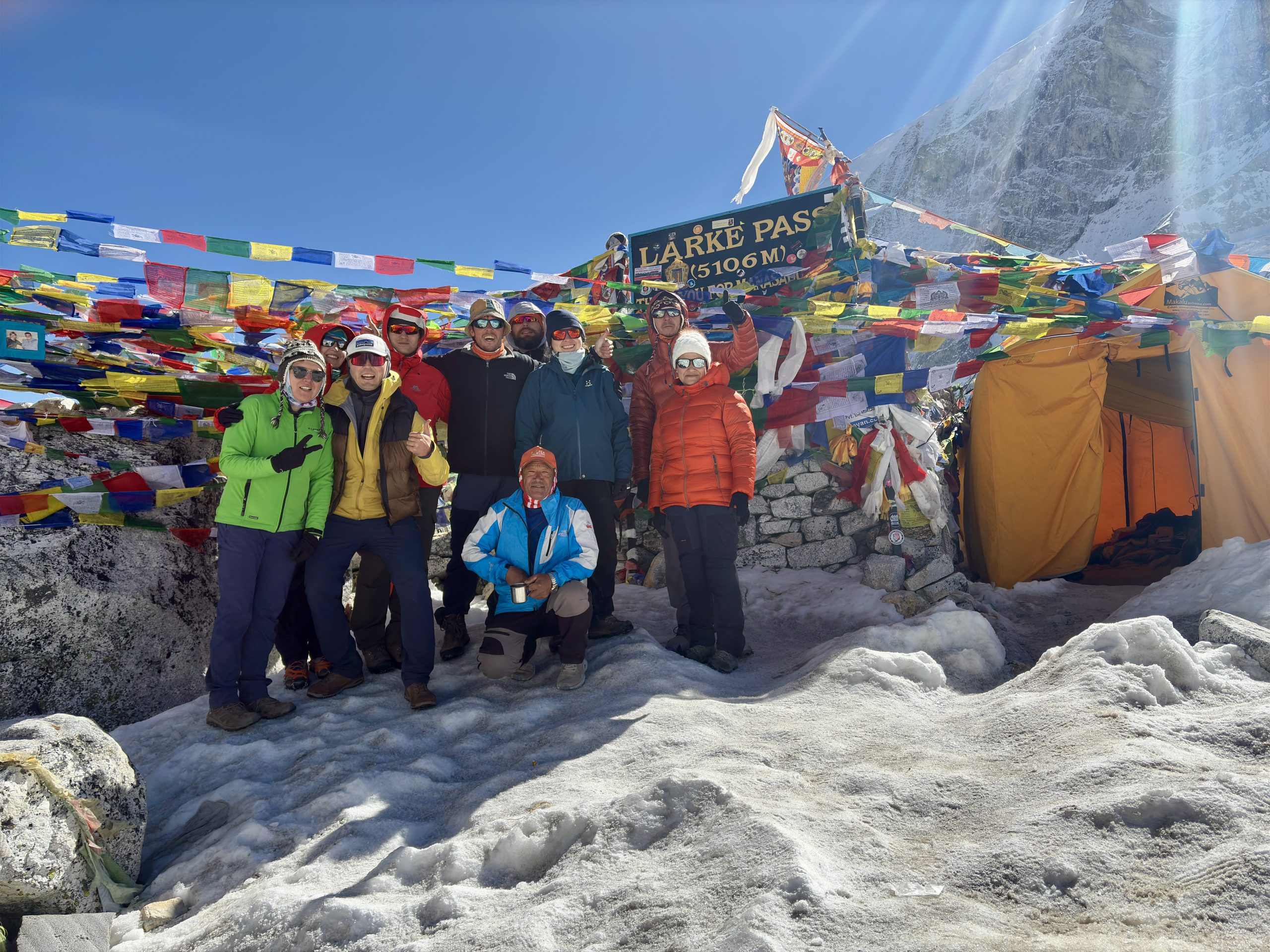
March 21, 2025
Larke La Pass (5,106m): A Breathtaking Himalayan Adventure
Larke La Pass (5,106m): A Breathtaking Himalayan Adventure Nestled within the heart of Nepal’s Manaslu Conservation Area, Larke La...
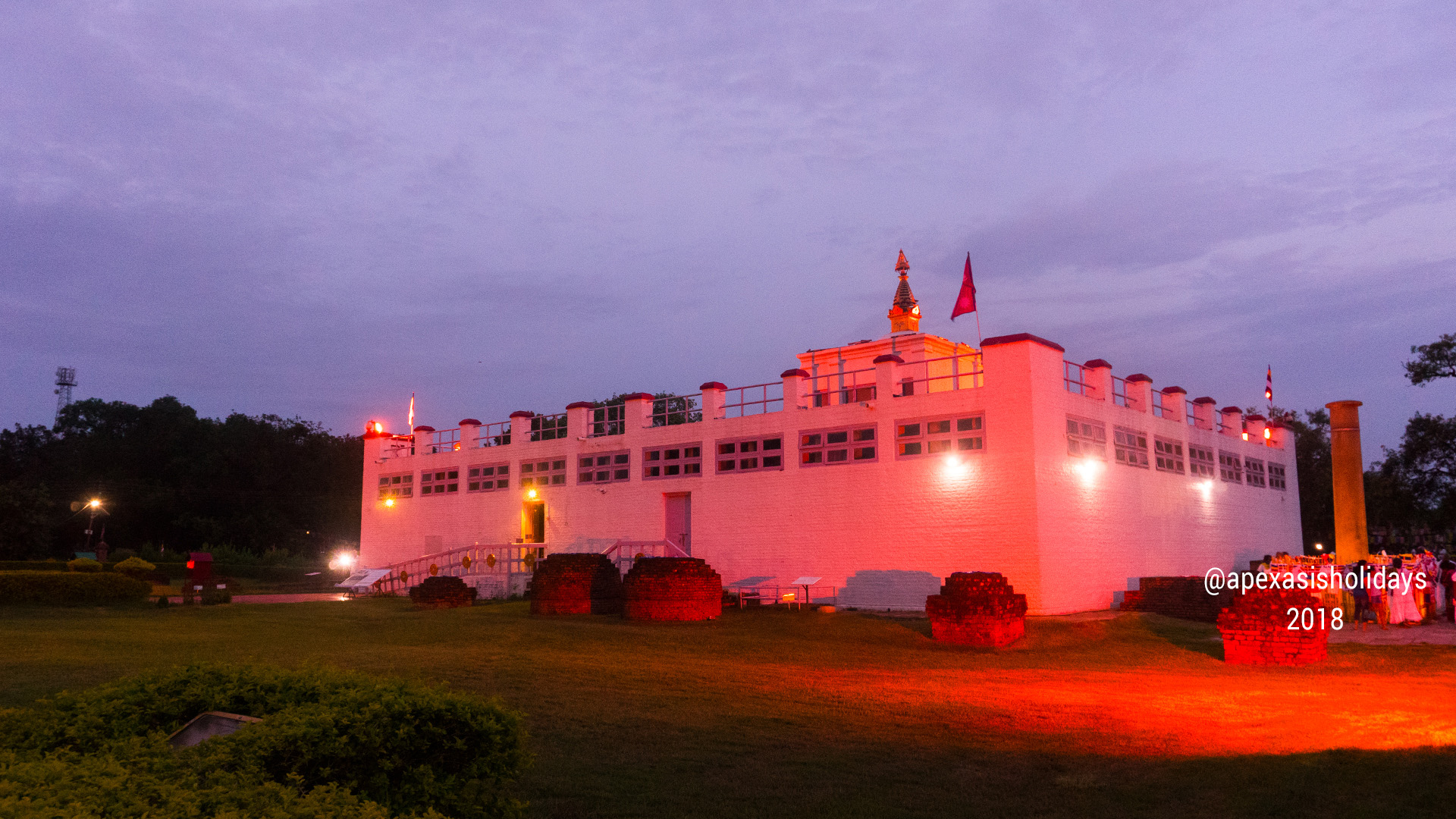
March 14, 2025
Entry Fees for Heritage Sites and Museums in Nepal
When planning your city tour in Nepal, it’s essential to be aware of the entry fees for various heritage...
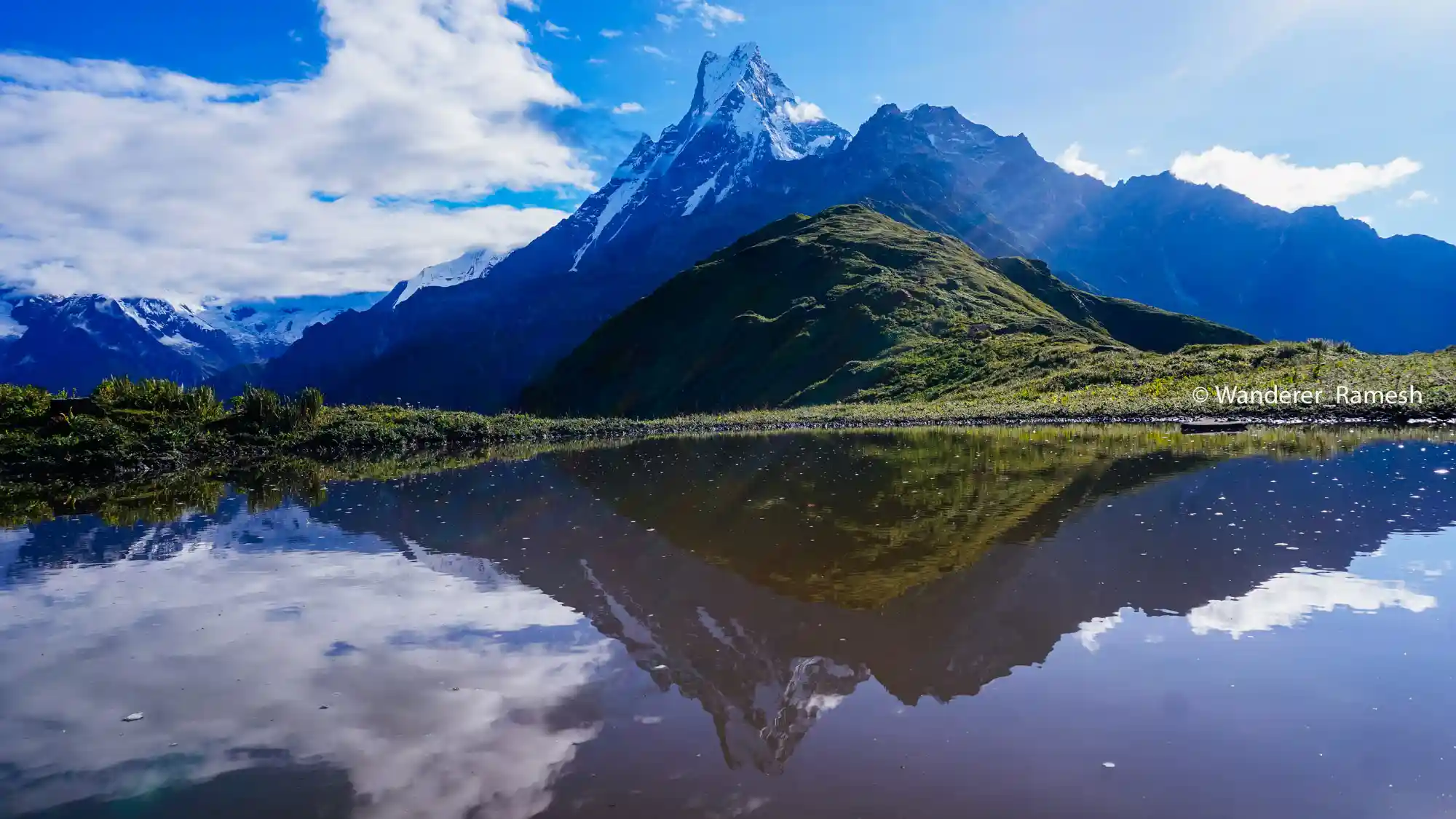
March 12, 2025
List of Hotels on the Mardi Himal Base Camp Trek
Are you looking for accommodation along the Mardi Himal Trek route? You will primarily find teahouses, guesthouses, and basic...
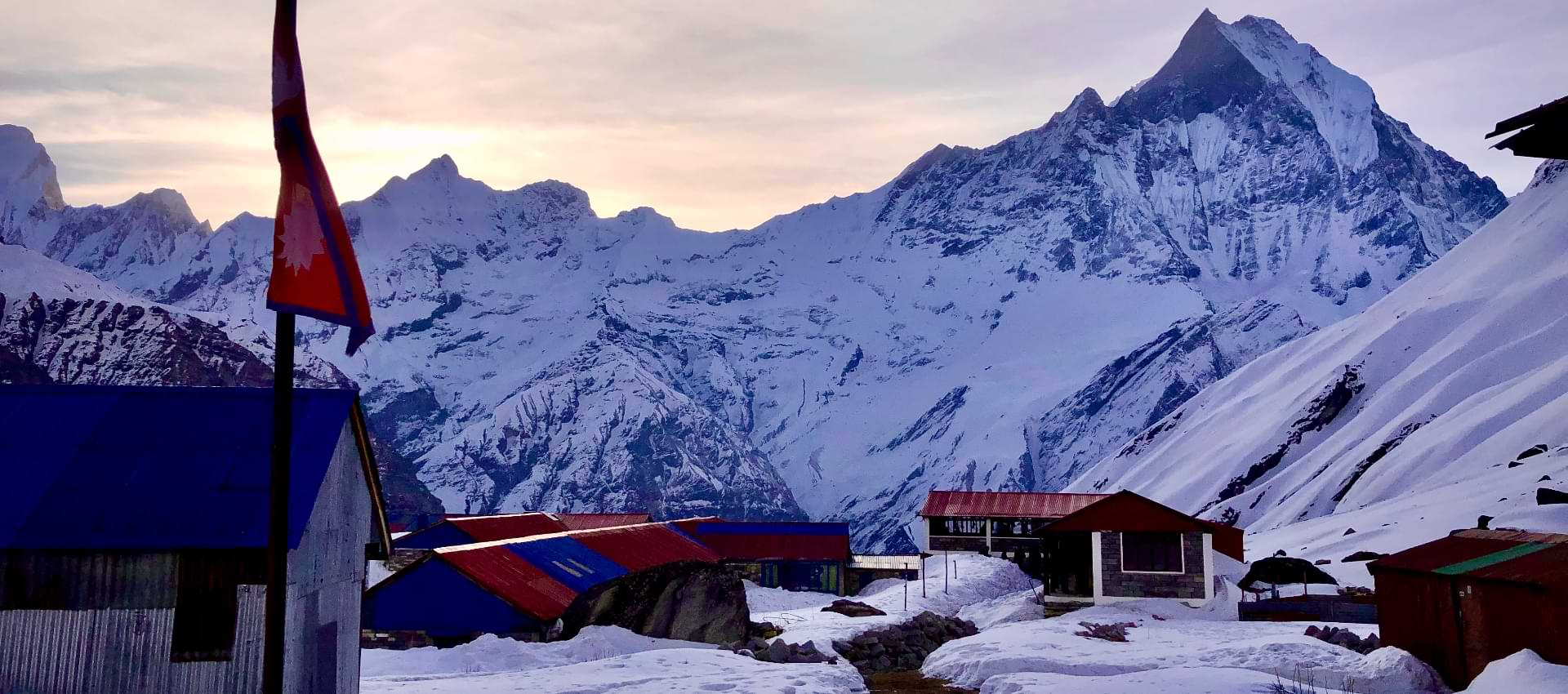
March 10, 2025
Hotel Names and Contact Numbers on the Annapurna Base Camp Trek
Hotel Names and Contact Numbers on the Annapurna Base Camp Trek The availability of hotels and guesthouses along the...
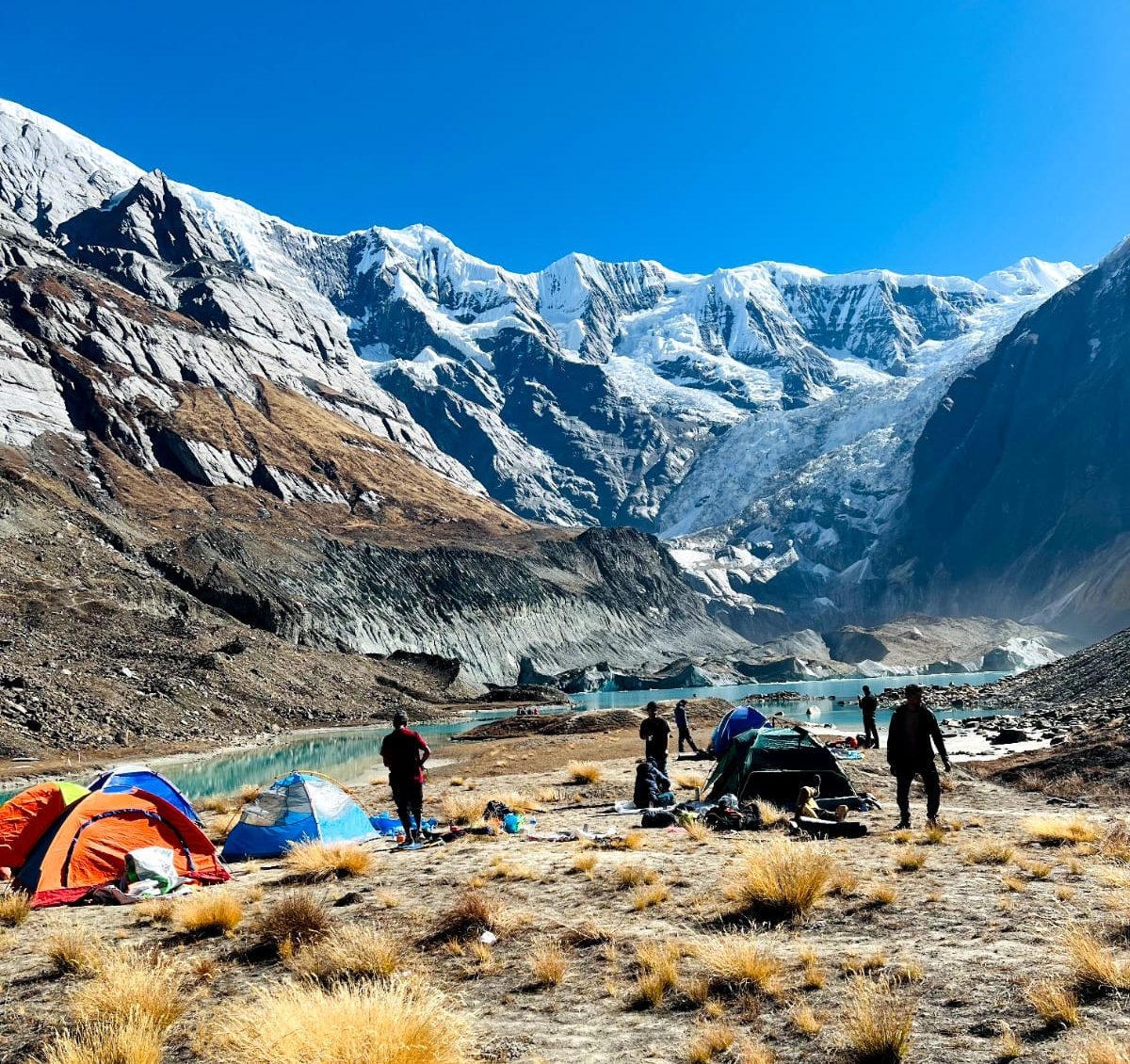
January 09, 2025
Journey to the Hidden Gem: North Annapurna Base Camp Trek
The wind carried a faint whisper of adventure as I set foot in Narchang village, the gateway to one...
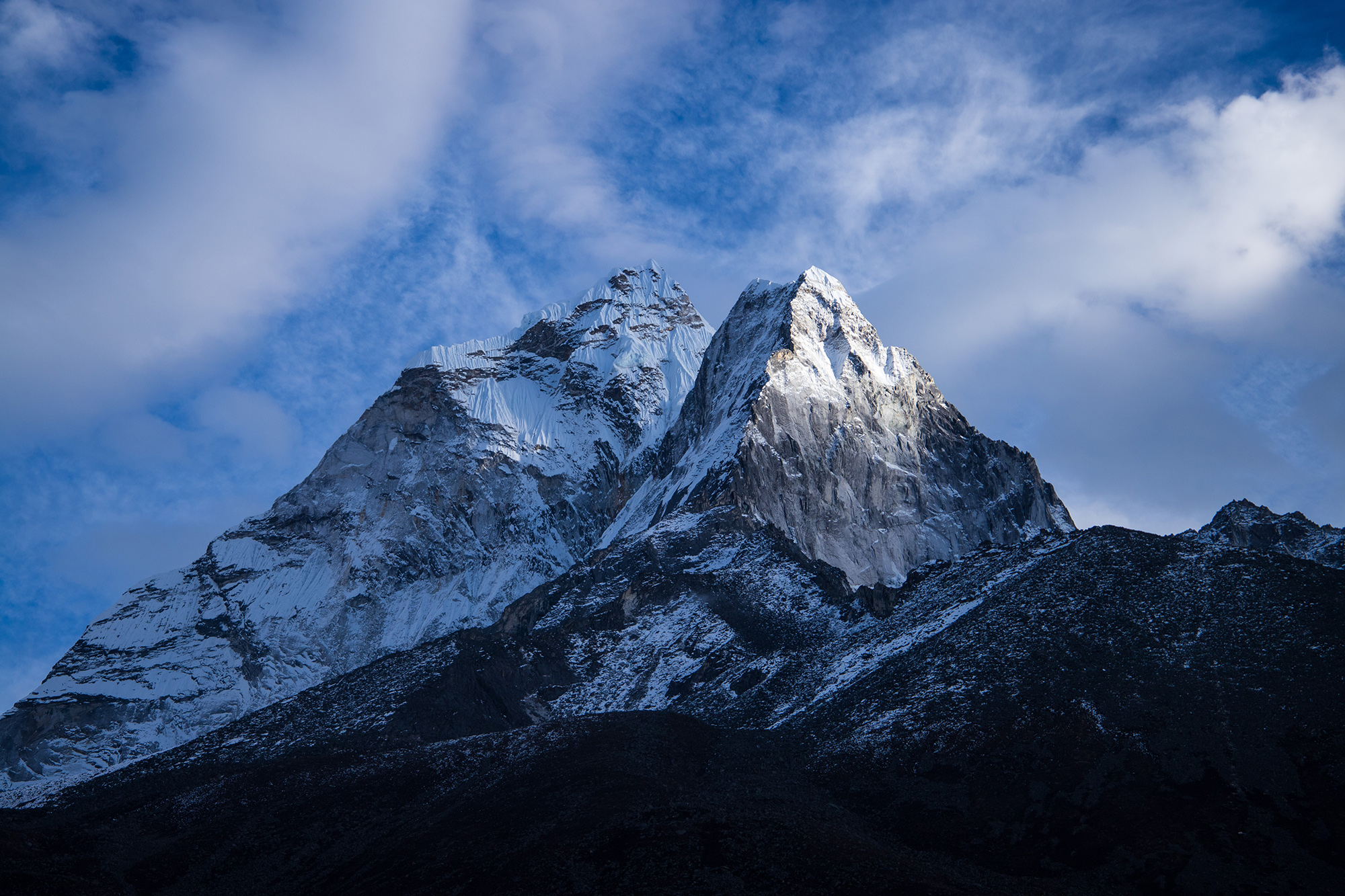
January 07, 2025
The Importance of Acclimatization Days on the Everest Base Camp Trek
The Importance of Acclimatization Days The Everest Base Camp (EBC) Trek is one of the most iconic journeys for...
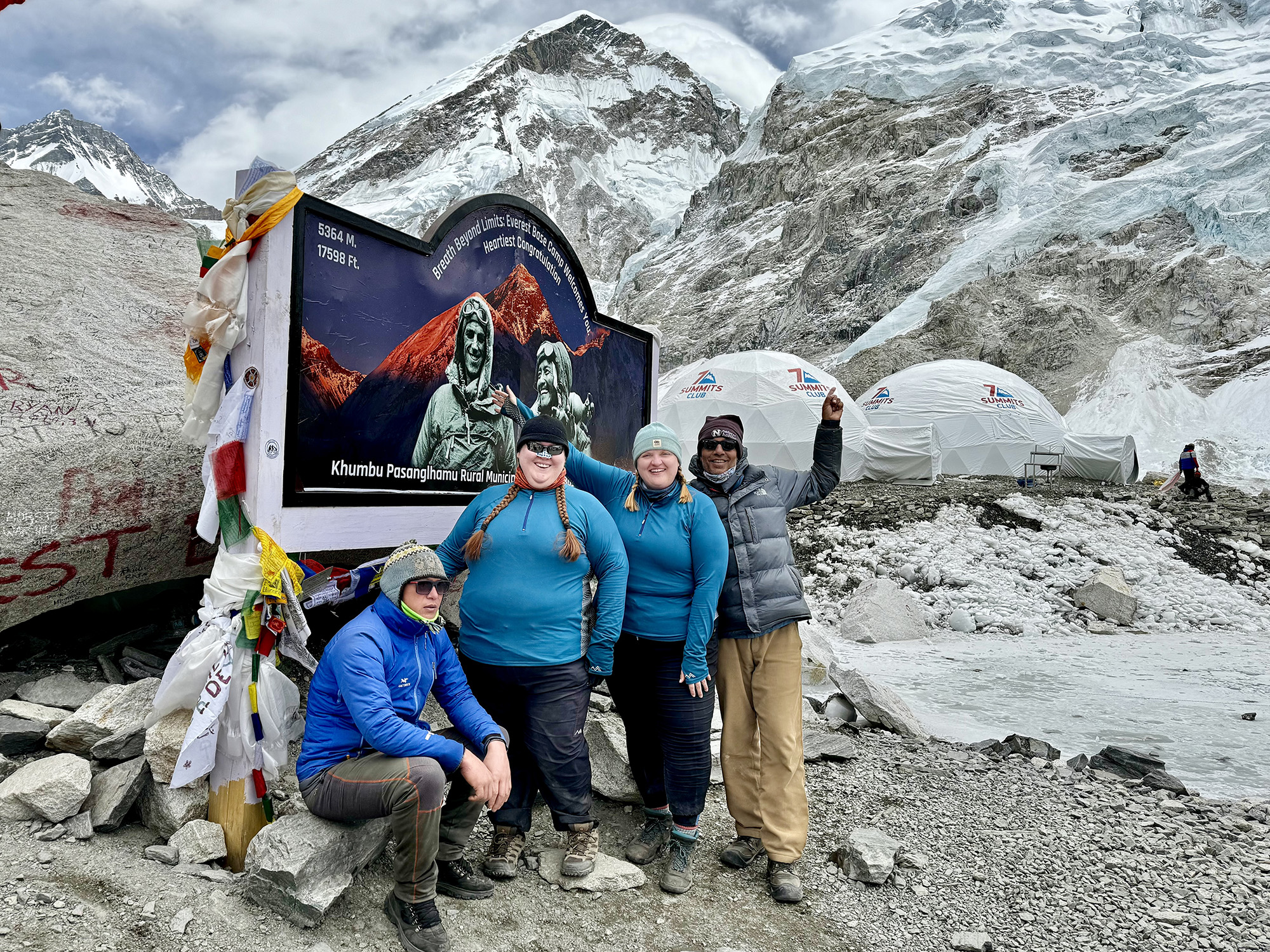
January 03, 2025
Everest Base Camp: A Journey to the Roof of the World
Every step on the Everest Base Camp (EBC) Trek carries you closer to the roof of the world, where...
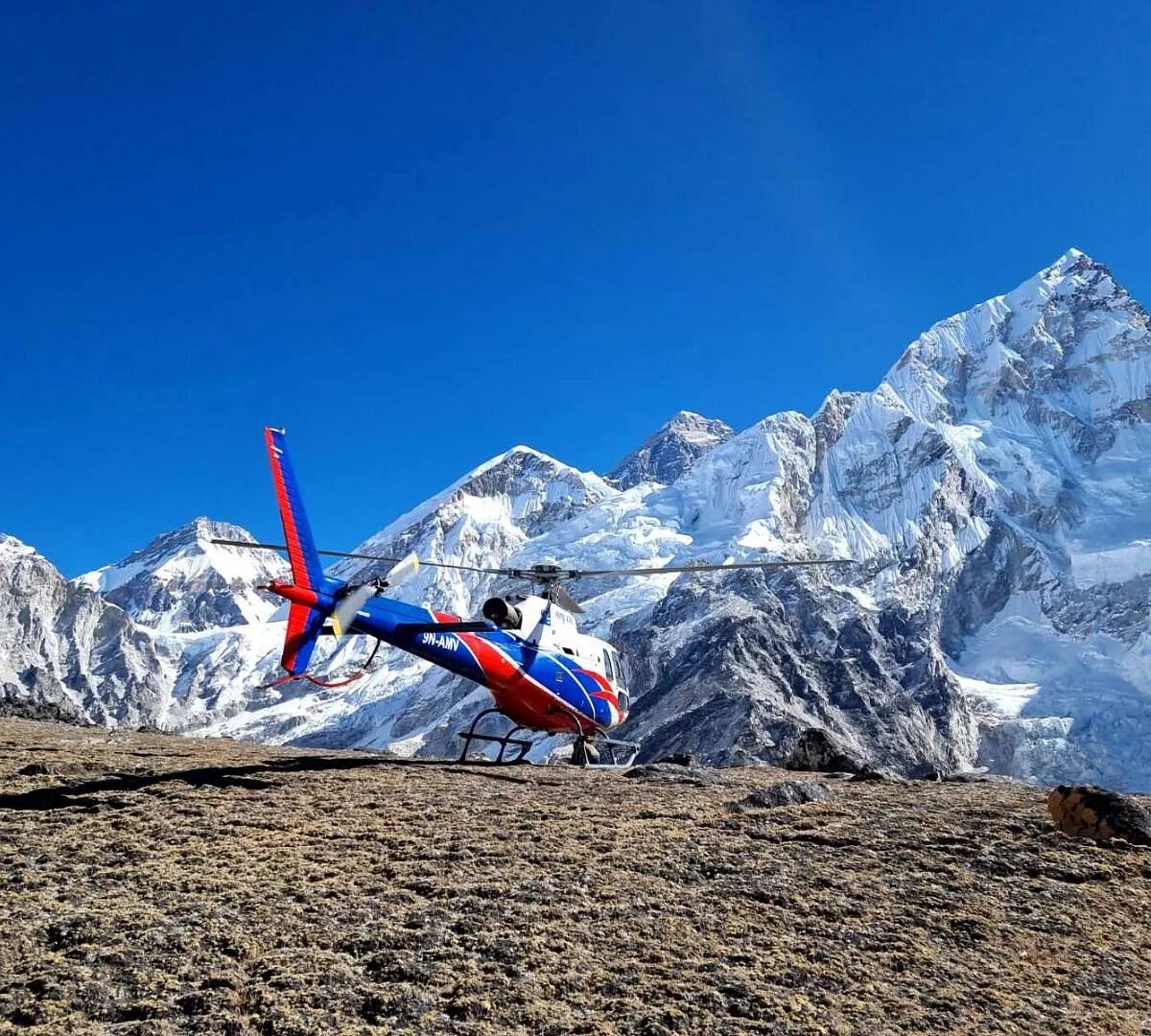
December 27, 2024
Everest Helicopter Sightseeing Ban: What Travelers Need to Know
Effective January 1, 2025, Nepal’s Sagarmatha National Park has implemented a ban on Everest helicopter sightseeing flights. This decision...
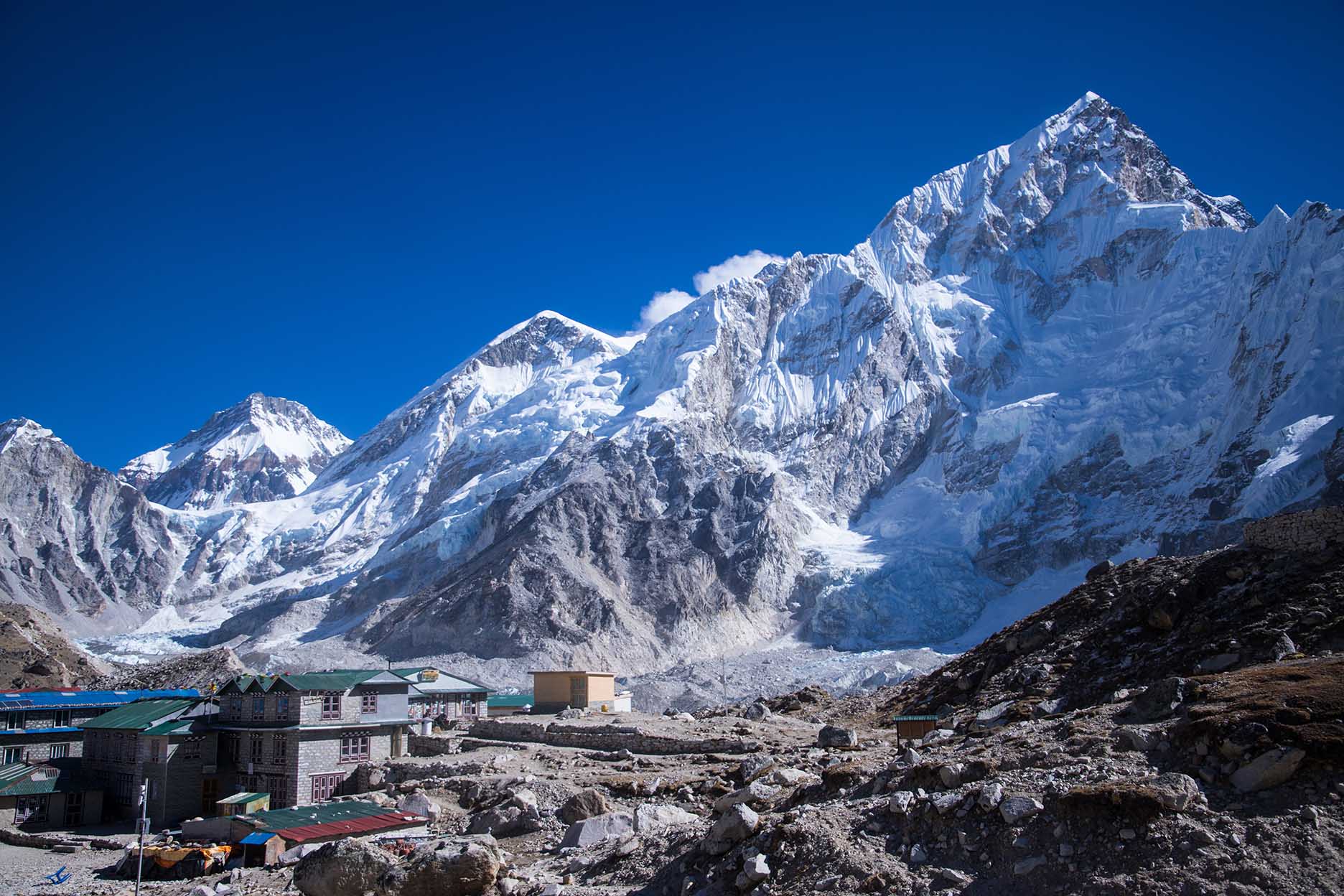
December 20, 2024
Your Ultimate Guide to Everest Base Camp Trek Itineraries
The Everest Base Camp (EBC) trek is a dream journey for adventurers and mountain enthusiasts around the globe. With...

 ramesh
ramesh